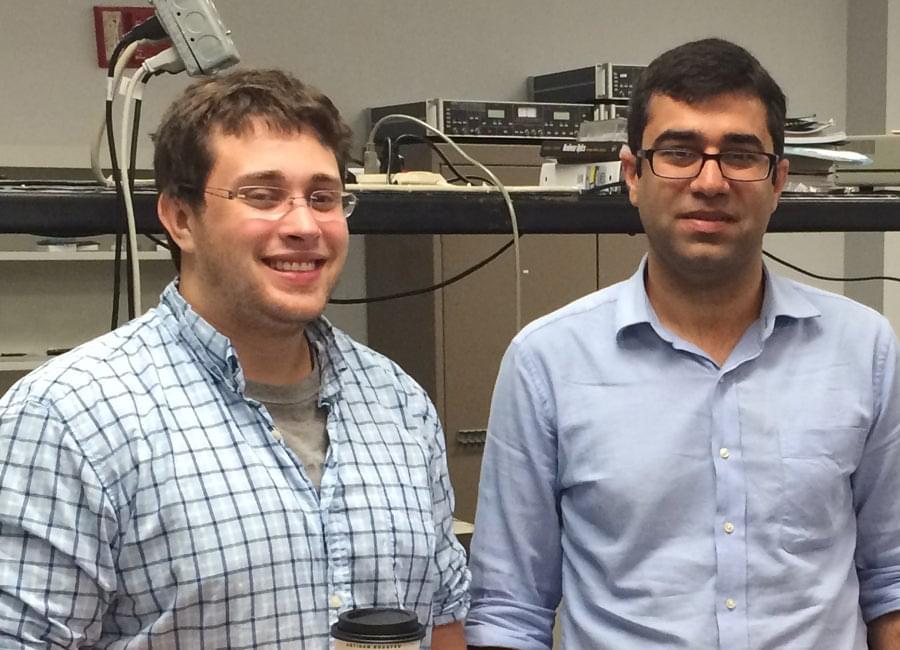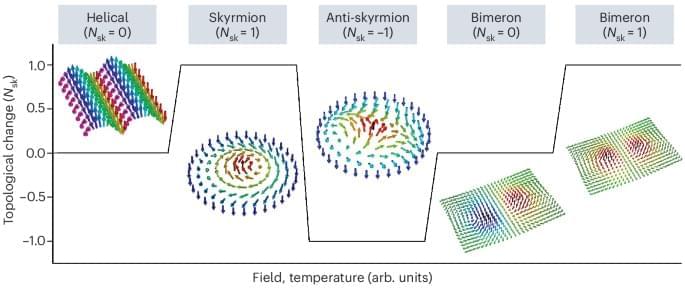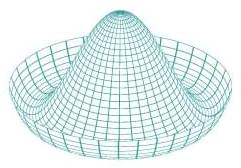Link :
Medical technology has come a long way, with a whole heap of procedures becoming possible in ways that wouldn’t have been dreamed of by doctors a generation or two ago.
Still, there are always new ideas coming to the forefront, as demonstrated by the concept of BrainBridge, a fake start-up designed to look like it could complete a full human head transplant sooner than you might think.
The fake company, created by a filmmaker, recently started to publicize the design of its ‘head transplant system’, saying it aimed to be operating on patients in the next eight years.







